
Guide
Home Improvement: part 1
by Carolin Teufelberger

Your own workshop: a DIYer’s dream that you can turn into reality. This series will cover everything from choosing the right room to ergonomic working. Now we’ve chosen the room, our focus switches to selecting the right tools.
Everyone knows about hammers and nails, and most of us have some lying around in a dark, dusty corner. They’re leftover from when you moved in, when you resolved to hang all of your pictures at once on the very first day. They’re enough for some, but DIY enthusiasts won’t get far with just two bits of equipment, especially when it comes to setting up their own workshop. We found the perfect place for it in the first part of this series.
But, «more is more» doesn’t apply here. There’s no point in having eight chisels if you never work with wood. It’s better to keep things clean and tidy than trip over a pile of unused things that looked cool in the shop. So, what do you really need?
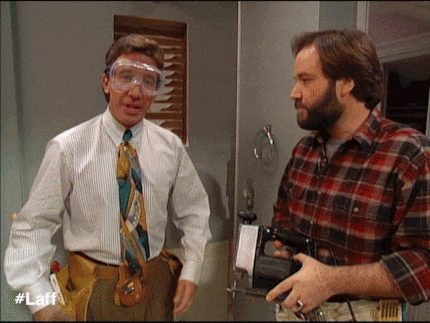
It depends on what you want to do. A model maker needs different tools to someone who prefers to work with metal. I’ve focused on woodwork here, as a non-representative survey of friends and family concluded that this is one of the most common DIY activities. On top of this, I work with wood the most myself.
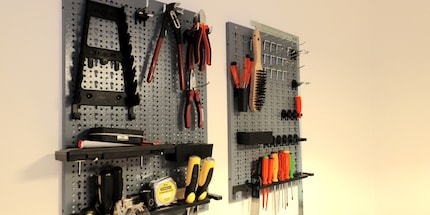
Before I get stuck in with the tools, I have to quickly go over the setup. Unless you want to pepper the floor with equipment, that is. I thought not. That’s why you need a workbench as a worktop, a shelf for storage and possibly a tool wall to keep your hand tools, well, handy. That should be enough to start with.
It’s no question that both belong in your workshop, even for the most modest of projects, and preferably decent-quality models too. It doesn’t have to be the pro stuff, but junk that only costs a few francs won’t last long.
Hand tools are often the way to go for small projects or detailed work. You don’t exert as much pressure, working more slowly and, in some cases, with greater control. They’re also much cheaper than tools that need a power supply. But who wants to do everything by hand? It would take too long and demand too much of your arms. Electric tools often have different attachments for multiple functions, so you don’t need so much at the outset.
Fastening
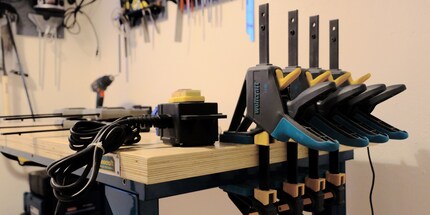
Things virtually always need to be secured, unless you have an uncontrollable desire for destruction. You can’t go about it half-heartedly. Hammers and screwdrivers are also essential for household jobs, otherwise there would be no pictures on walls or Billy bookcases. I love my battery-powered screwdriver because it secures and removes screws but also drills holes in wood. But it won’t cut the mustard when it comes to drilling holes in stone or brickwork. Clamps hold individual wood parts together while the glue dries.
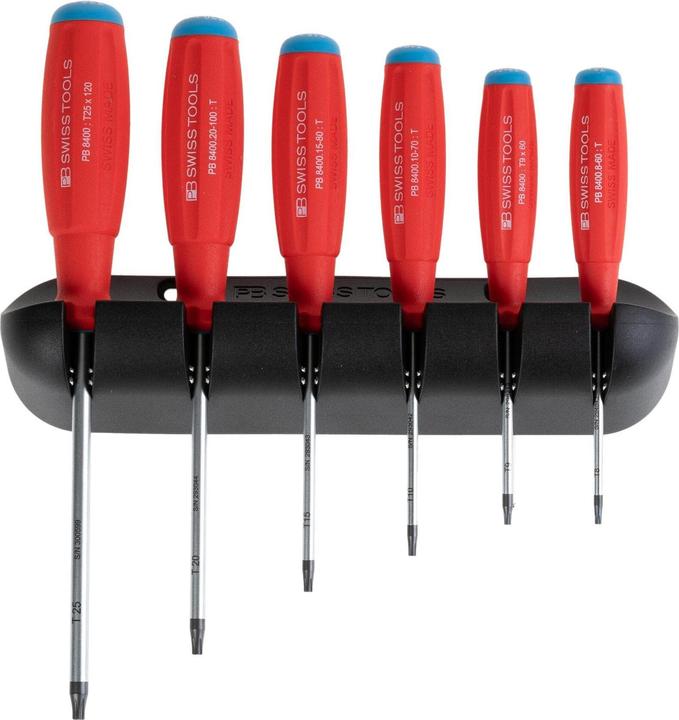
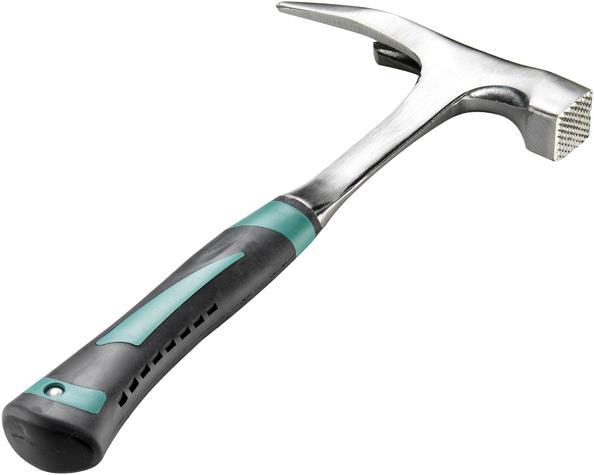
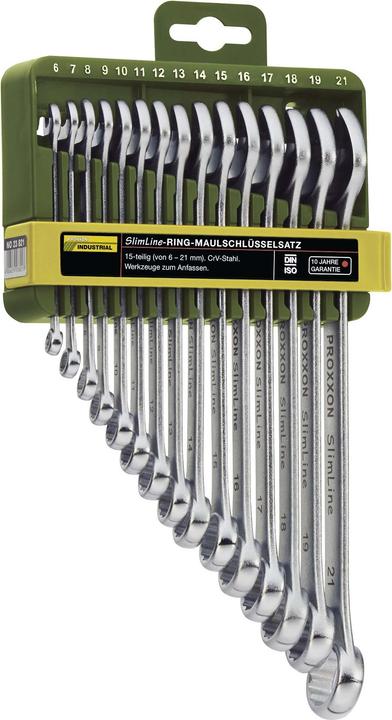
Proxxon Combination open-ended spanner set 15 pieces
19 mm, 6 mm, 12 mm, 14 mm, 16 mm, 10 mm, 21 mm, 18 mm, 7 mm, 17 mm, 11 mm, 15 mm, 8 mm, 9 mm, 13 mm, 20 mm
Sanding
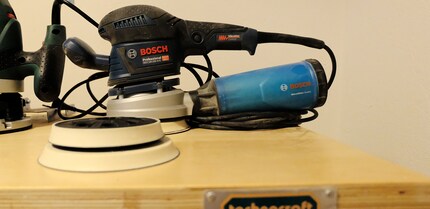
The wooden masterpiece that you’re about to make needs to have a smooth surface. There’s nothing worse than bumping into sharp edges or getting splinters.
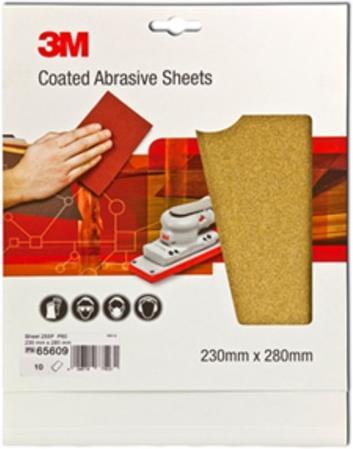
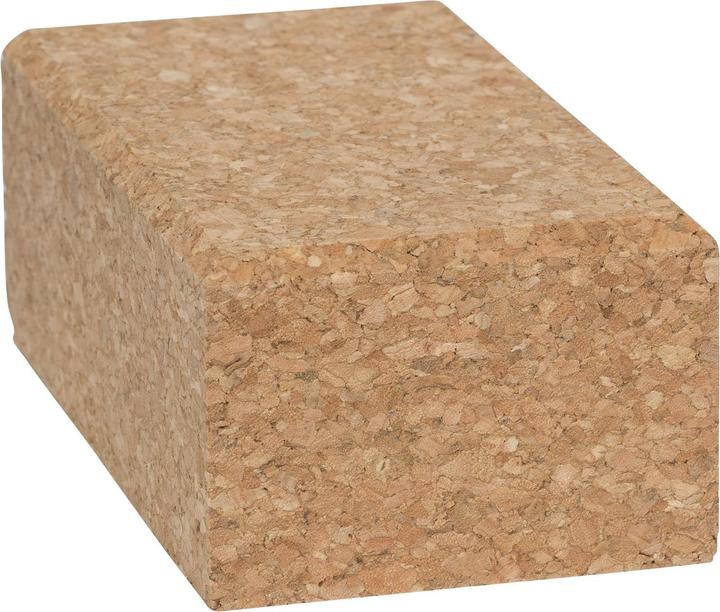
Bosch Professional Zubehör Grinding block, length x width:
P60, P100

Cutting
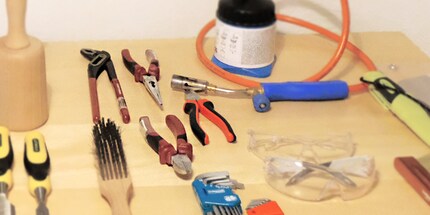
Before anything can be joined, it needs to be cut and made into the right shape. Wood has to be cut straight or on a mitre. With their versatility, pliers can belong to any category, but I’ve included them here due to their ability to cut wires and pull plugs out of holes.
Measuring
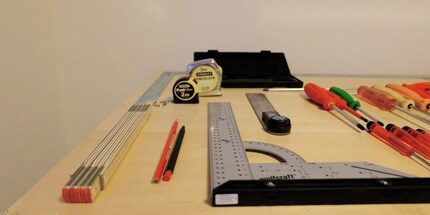
Before you randomly saw everything that’s not nailed down, it would be a good idea to make sure you have the right dimensions. A ruler is helpful for straight lengths and a set square is the best bet for non-straight lengths. Mark everything out with a pencil so that you can see where you’ve measured. And because you can’t always trust measurements made with the naked eye, a spirit level keeps everything in check.
Tools alone don’t get the job done. Lovely sanded, pre-drilled, perfectly measured pieces of wood do not make a shelf. You need something to hold it all together.
Fastening
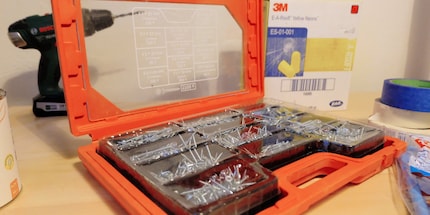
Let’s take the aforementioned scenario. Screws and nails can be used for virtually anything. Plugs are used less for wood and more for walls, except perhaps for biscuit joiners, which can be used to join two pieces of wood.
Staining
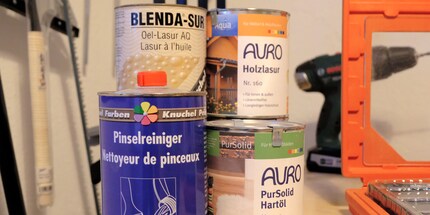
Untreated wood is quite sensitive, so it’s always important to keep lacquers and varnishes to hand. The difference between the two? Lacquers build a smooth, homogenous layer, whereas varnishes maintain the natural surface of the wood.
Gluing
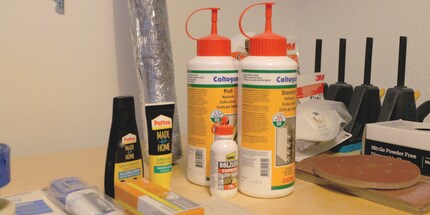
Not everything has to be secured with screws. Or glue can be used in addition to screws. Whatever the circumstances, it doesn’t hurt to keep a few different types of glue handy. Araldite (a two-component adhesive) will make sure your car’s wing mirror is bombproof. And you’ll most likely use adhesive tape for painting. Or, in real emergencies, use the quick and dirty solution: gaffer tape! That stuff holds the world together!
Protection
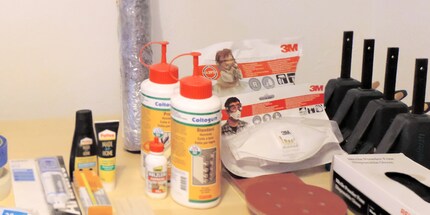
Both you and your working environment need to be protected, from injury and damage to contamination.
We’ve found the most important tools and they’re ready to be neatly stored in your workshop. Now they need to be tried out, which is why I’m getting my hands dirty in the next instalment and making something for my workshop setup.
My life in a nutshell? On a quest to broaden my horizon. I love discovering and learning new skills and I see a chance to experience something new in everything – be it travelling, reading, cooking, movies or DIY.
Practical solutions for everyday problems with technology, household hacks and much more.
Show all